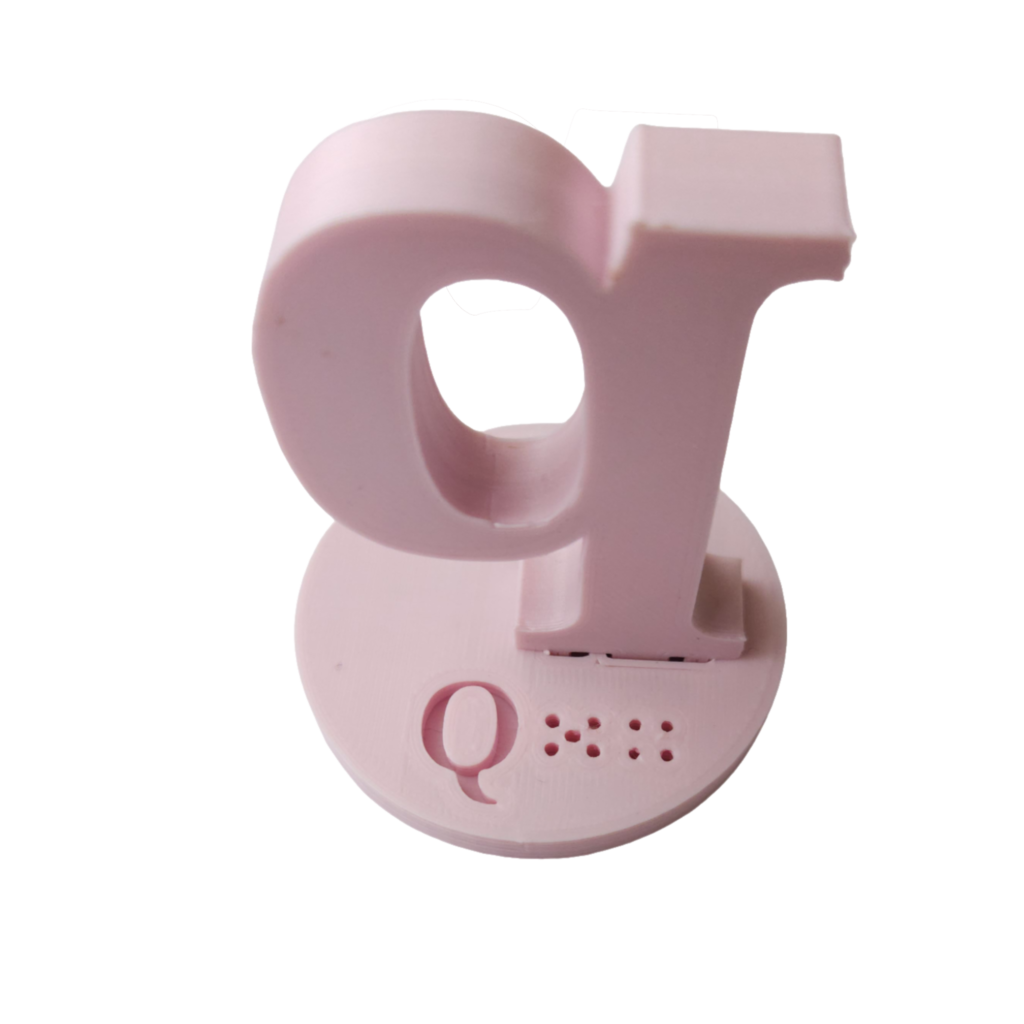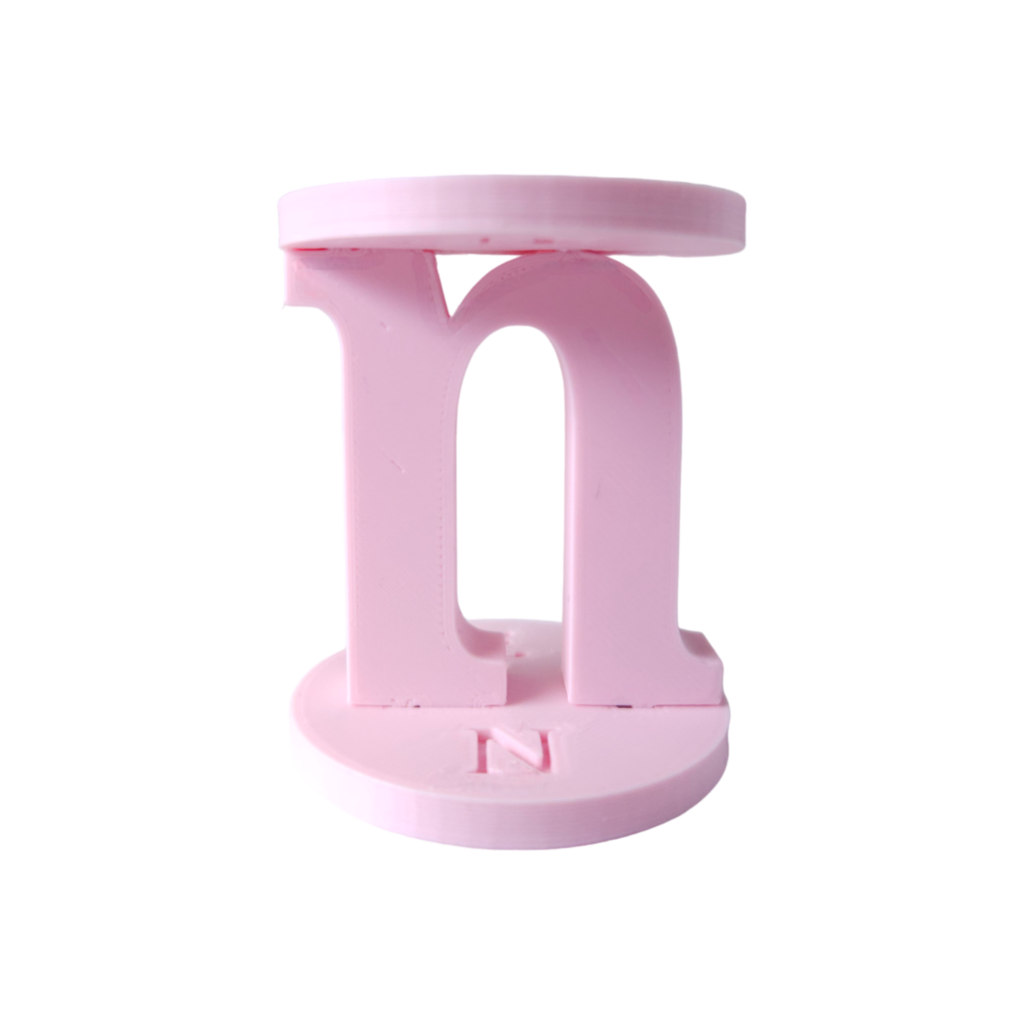




What is the Dyslexia Decoder.
Dyslexia Decoder is an innovative tool designed specifically to support the learning needs of children who may be struggling with common letter reversals of ‘b’ ‘d’, ‘m’ ‘w’, ‘p’ ‘q’ and ‘n’ ‘u’. These tools feature two different letters with clues to help children identify the correct letter and orientation. The Dyslexia Decoder offers a fun visuospatial, tactile-sensory experience, helping create memory pathways for the correct orientation of each letter, while allowing children to hold, fidget, or display the figure on their desk.
How Does it Work?
The reversible figure is a simple yet effective tool that features two letters at the same time such as a ‘b’ on one side and a ‘d’ on the other. By incorporating a visuospatial/tactile-sensory experience, the Dyslexia Decoder taps into the multi-sensory approach to learning, which is known to be highly effective for young learners. While your child may be holding up their hands to create a b – d out of their fingers, it takes times to process and can create frustration as they try to remember, and translate it into writing.
The Dyslexia Decoder is made with children in mind, it comes in a multitude of fun colours and letters. They take away the long processing delays and frustrations by displaying the letters simply, and quickly, creating enhanced understanding and correct retention of letter orientation.
Benefits of the Decoder.
The dyslexia decoder offers several benefits for children:
- Improved Letter Recognition: By engaging multiple senses, the dyslexia decoder helps children develop a stronger connection between the visual representation of the letters and their correct orientation.
- Enhanced Memory: The spatial and tactile sensation of physically flipping the figure helps children remember the correct orientation of letters more easily.
- Supports the Orton-Gillingham Approach: The dyslexia decoder aligns with the Orton-Gillingham Approach, a highly regarded instructional approach for teaching reading to children. Its spatial and multisensory nature complements the principles of this approach.
- Confidence Building: As children gain confidence in their ability to differentiate between different letters, they experience a boost in their overall reading and writing skills.
How to Incorporate the Dyslexia Decoder in Teaching
The dyslexic decoder can be used in various ways to support children in their learning journey:
- Individual Practice: Encourage the child to hold the figure and practice flipping it between the ‘b’ and ‘d’ sides. This hands-on activity helps reinforce letter orientation..
- Visual Aids: Display the Reversible Figure prominently in the classroom or on a child’s desk as a visual reminder. Seeing the figure regularly can reinforce their understanding of letter orientation.
